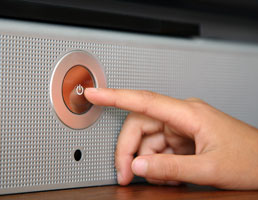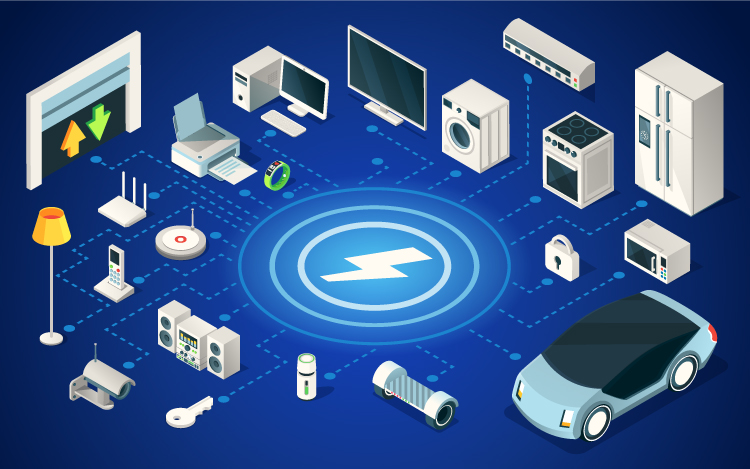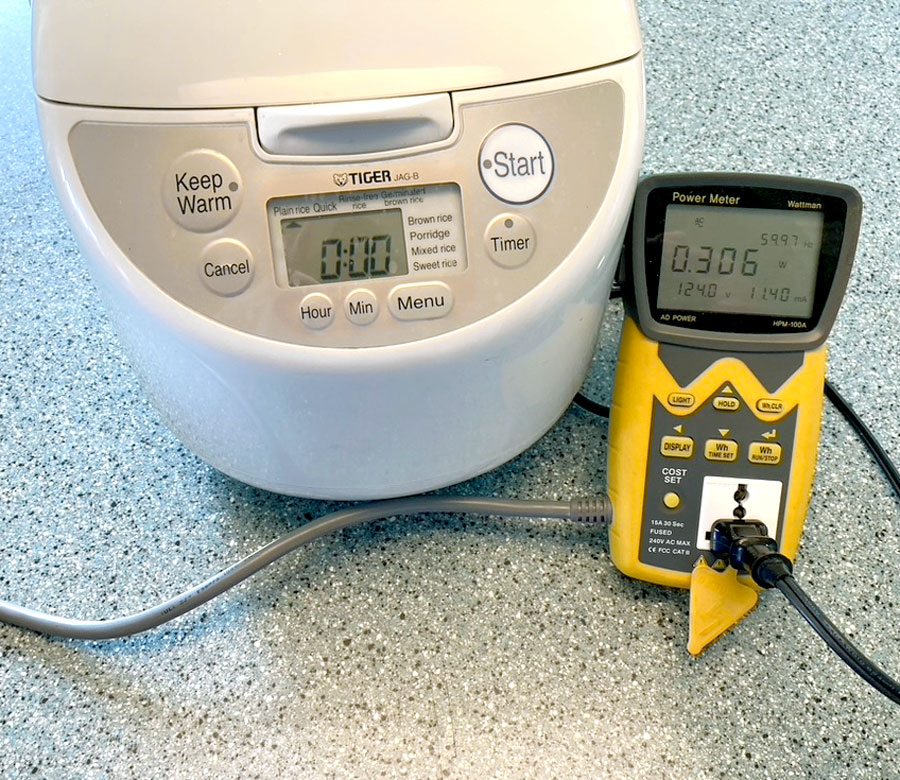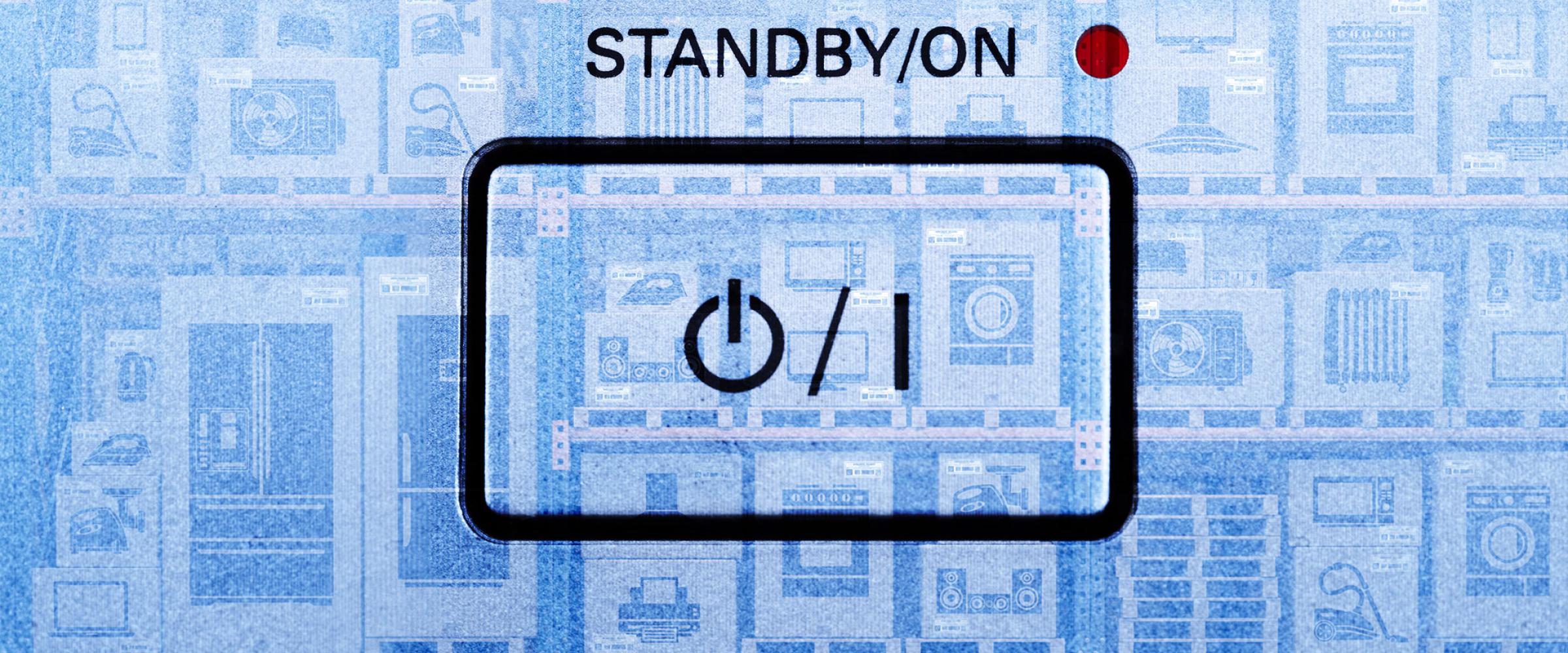Home
Always On?
Nearly all new electrical products —TVs, microwave ovens, air conditioners, and many more — draw power 24 hours a day, often without the knowledge of the consumer. We call this power consumption "standby power." Here you can find information on standby power and technologies to reduce it.
What Is Standby Power and Why Do We Need It?
 Standby power is the electricity consumed by devices when they are switched off or not performing their primary functions. The definition varies with the device. For this website, standby power encompasses a range of low power modes.
Standby power is the electricity consumed by devices when they are switched off or not performing their primary functions. The definition varies with the device. For this website, standby power encompasses a range of low power modes.
We need standby power because it performs useful tasks that supplement the primary functions. In other cases, standby power arises from poor design. In all cases, careful design can reduce standby power use.
How Large Is Standby Power?
Most products draw relatively little standby power – less than 0.5 watts – but they still add up. A typical American home has many products constantly drawing power. Together these amount to 5-10% of residential electricity use. Commercial buildings are also filled with equipment, appliances, and components that draw standby power.
Research into Measurement and Reduction of Standby
 Research has been undertaken to measure standby power and then to find ways to reduce it. This research spans over 20 years, partly because the technical characteristics of standby power have evolved. Twenty years ago standby in typical products was typically 1 - 3 W, but now they are probably near 0.5. That’s a huge improvement; unfortunately, the number of products with standby have increased by even more, leaving us with approximately the same amount of standby energy but now dispersed over many more products. This evolution calls for new technologies and strategies to reduce standby. Here is a partial list of articles, reports, and other documents related to standby since 2000.
Research has been undertaken to measure standby power and then to find ways to reduce it. This research spans over 20 years, partly because the technical characteristics of standby power have evolved. Twenty years ago standby in typical products was typically 1 - 3 W, but now they are probably near 0.5. That’s a huge improvement; unfortunately, the number of products with standby have increased by even more, leaving us with approximately the same amount of standby energy but now dispersed over many more products. This evolution calls for new technologies and strategies to reduce standby. Here is a partial list of articles, reports, and other documents related to standby since 2000.
Standby Power FAQ
For answers to frequently asked questions about standby power, please visit the FAQ page.
